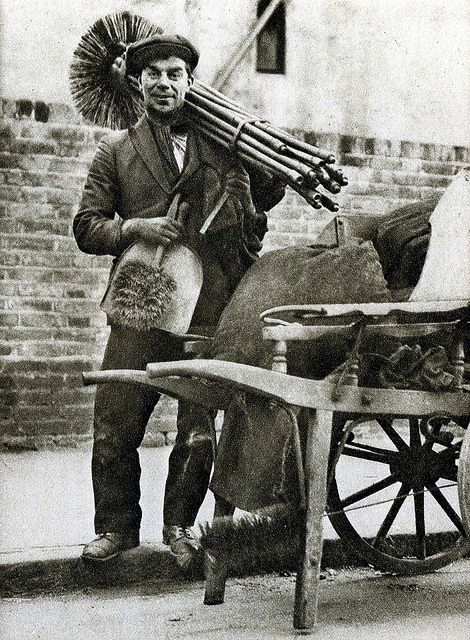In early history, fires were implicit fire pits in the focal point of rooms to give warmth to structures and homes; however, the early Romans started utilizing chimneys to deliver heat and to cook inside. Ventilation happened when pastry kitchens introduced tubes in the dividers to allow smoke to go out. The earliest indications of real chimney use dates to the thirteenth century in Italy yet wasn’t until the fifteenth and sixteenth century that they took on a cosmetic appeal with residents building large and tall structures that could make up for bigger homes and various chimneys.
During this period, the requirement for chimney experts expanded. Coal developed in ubiquity as an elective fuel replacement for wood. Since coal left enormous clingy stores of buildup on the dividers of the chimney and vent, the requirement for more successive cleaning of the chimney and pipes expanded. If not cleaned regularly, the buildup would start to block the flow of air up the smokestacks constraining unsafe and harmful exhaust into the structures and homes.
After the Great Fire of London, which started on September 2nd and lasted until September 5th of 1666, new structure guidelines requested smaller fireplaces, and expert stack cleaners began recruiting little youngsters, some as youthful as four, to shimmy up smokestacks and wipe out the residue. In addition to the fact that this was an evil paying activity, it was likewise perilous, and scopes could stall out inside the stack or could choke in a haze of debris. A young boy was traditionally purchased from his poverty-stricken parents by a master sweep, who would so-called “apprentice” the child; but what actually occurred was that the child became, in essence, a slave who did not have a realistic opportunity to advance in life. Children who worked as sweeps rarely lived past middle age.
In February of 1875, a 12-year-old chimney sweeper named George Brewster got stuck in a hospital stack, ultimately causing him to parish. Brewster’s passing turned out to be essential for a forceful mission. A bill was pushed through Parliament in September 1875 which shut down the act of utilizing youngsters as human chimney cleaners in England.
Today, chimney sweeps accomplish more than just cleaning a smokestack: they analyze and determine issues, fix a wide range of stacks, and introduce fireplaces and hearths. Proficient chimney sweeps are taught in the codes and science behind stacks and chimneys. The chimney sweep is a very much respected part that assists with giving property holders and organizations to upkeep a safe activity of warming your home or job, chimneys, ovens, vents, and fireplaces of numerous sorts.


Recent Comments